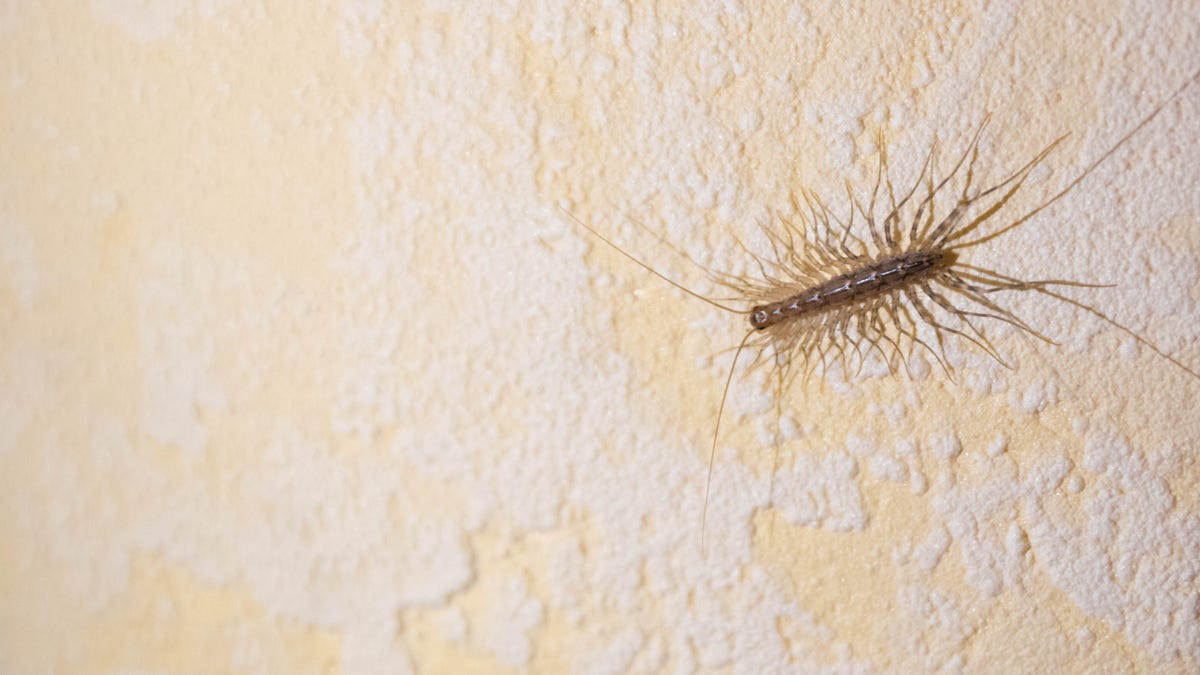
I understand that house centipedes travel at alarming speeds, and they look intimidating while doing it, what with all their legs scampering about. Before you run for a shoe, stop and take a breath. They are not only harmless, but they are helpful to have around.
What are house centipedes?
The centipede gets a bad rap. The arthropods have a trait called automimicry, which makes it hard to tell their head from their backside, so it is difficult to tell which way they will go. They are sensitive to the sun's UV light and a sudden sunbeam like pulling a curtain will send them running for cover.
A house centipede can be identified by their body shape and coloring, which distinguishes them from other centipedes and millipedes that probably wander into your home by accident. House centipedes have up to 15 pairs of legs. A house centipede can be as small as 34 of an inch to an inch and a half, but can look much bigger because of their long antennae. They are either light brown or gray and have a triple stripe on their back. Their speed is a big deal and distinguishes them from other types of animals.
How are house centipedes helpful?
House centipedes eat other arthropods like roaches, bed bugs, ants, and silverfish. As far as arthropods go, they are helpful. They don't pose a real threat to people or pets, they don't make webs or nest, and they don't harm your home. They are also safe to be around because they are free.
